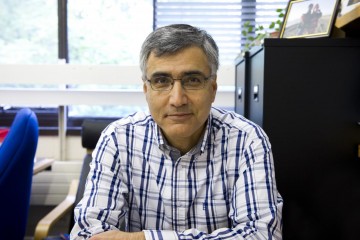Project grant
Development of induced pluripotent stem (iPS) cells from mutant mouse models in order to reduce animal use

At a glance
Completed
Award date
October 2009 - October 2011
Grant amount
£216,686
Principal investigator
Dr Majid Hafezparast
Co-investigator(s)
Institute
University of Sussex
R
- Reduction
Read the abstract
View the grant profile on GtR
